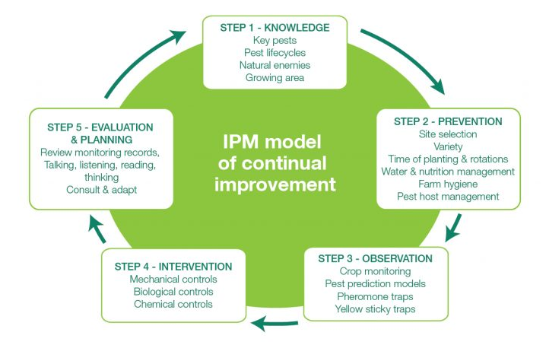Why in News?
The Southern Bench of the National Green Tribunal (NGT), by suo motu has directed the Kerala to remove the biomedical and mixed solid waste dumped in villages of Tirunelveli district in Tamil Nadu.
|
North Zone of NGT |
Delhi |
|
Central Zone of NGT |
Bhopal |
|
East Zone of NGT |
Kolkata |
|
South Zone of NGT |
Chennai |
|
West Zone of NGT |
Pune |
|
Coverage under NGT |
|
|
Recent Activities of NGT |
|
References
Why in News?
ISRO plans to launch SpaDeX (Space docking experiment) in December 2024.
Docking specifically refers to joining of 2 separate free-flying space vehicles. Power transfer technology, also known as wireless power transfer (WPT), is a technology that allows electrical energy to be transmitted without the use of physical wires or connectors.

India will be the 4th country in the world to have space docking technology if the mission is successfully completed.
Reference
India Maritime Heritage Conclave
Recently India’s 1st Maritime Heritage Conclave (IMHC 2024) was held in December 2024 in New Delhi.
India's modern maritime strength includes a 7,500 km coastline, 13 major ports and 200 non-major ports. Indian ports handle 95% of trade volume and contribute 70% of trade value, taking advantage of their strategic location in the Indian Ocean region.

National Maritime Heritage Complex (NMHC)
Reference
PIB |India Maritime Heritage Conclave 2024
Why in news?
The recent launch of Kisan Kavach marks a significant advancement in protecting farmers from the harmful effects of pesticide exposure.

|
IPM initiatives in India |
|
According to Indian Council of Agricultural Research-National Centre for Integrated Pest Management around 3-5% of India’s total cultivated area is under IPM.
References
|
One Liners 23-12-2024 |
|
Geography |
|
Panama Canal
|
|
Economy & Agriculture |
|
Bio pesticides
Kisan Kavach
|
|
Environment & Disaster Management |
|
Chilika Lake
Unclassed forests
|
|
Miscellaneous |
|
The Order of Mubarak Al- Kabeer
Bharat Ratna awards
The order of the Civilian Awards in India
Chaudhary Charan Singh Awards 2024
Kalam Ratna Award - Journalism
Sewa Ratna Award
|